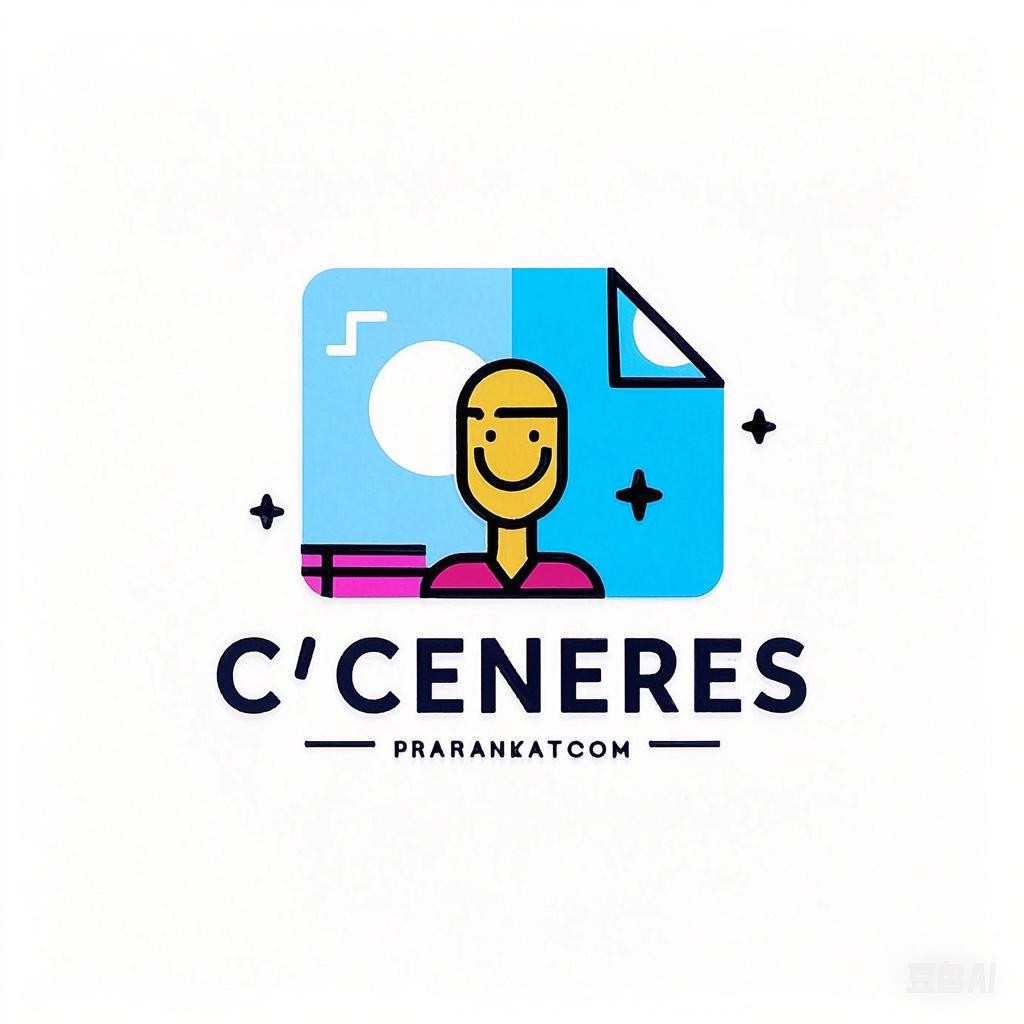Introduction
The world is a diverse tapestry of cultures, languages, and ideas, and being a translator is like being a bridge that connects these worlds. This article delves into the fascinating world of translation, exploring the joys, challenges, and the ideal career path for those who find themselves drawn to this rewarding profession.
The Role of a Translator
A translator is someone who converts written or spoken text from one language into another. This role is crucial in today’s globalized world, where communication across borders is more important than ever. Translators work in various fields, including legal, medical, technical, and literary translation.
Key Responsibilities
- Converting Language: The primary responsibility is to accurately translate text from one language to another.
- Understanding Cultural Context: Translators must understand the cultural nuances of both source and target languages to ensure accurate and appropriate translations.
- Adhering to Deadlines: Translators often work under tight deadlines, requiring strong time management skills.
- Maintaining Confidentiality: Confidentiality is paramount, especially in fields like legal and medical translation.
The Joy of Being a Translator
Cultural Exchange
One of the greatest joys of being a translator is the opportunity to immerse oneself in different cultures. It allows for a deeper understanding of the world and its diverse inhabitants.
Intellectual Challenge
Translating is not just about language; it’s about understanding the content and conveying it in a way that is clear and engaging to the target audience. This intellectual challenge is incredibly rewarding.
Creative Expression
Literary translators often have the chance to bring a new perspective to classic works, allowing them to express their creativity through their translations.
Challenges Faced by Translators
Language Complexity
Languages are complex, and sometimes even native speakers struggle with certain nuances. Translators must constantly learn and adapt to new languages and dialects.
Time Constraints
Deadlines can be stressful, and sometimes the quality of the translation may suffer due to time constraints.
Cultural Barriers
Understanding and translating cultural nuances can be challenging, and misinterpretations can lead to misunderstandings.
The Ideal Career Path
Education and Training
- Formal Education: Many translators have a degree in linguistics, translation studies, or a related field.
- Language Skills: Proficiency in both the source and target languages is essential.
- Specialization: Gaining expertise in a specific field (e.g., legal, medical, technical) can enhance job prospects.
Experience and Networking
- Internships: Internships provide valuable hands-on experience and networking opportunities.
- Freelancing: Starting as a freelancer can help build a portfolio and gain industry experience.
- Professional Associations: Joining professional associations can provide resources and networking opportunities.
Continuous Learning
- Workshops and Seminars: Keeping up with the latest trends and technologies in translation is crucial.
- Certifications: Obtaining certifications can demonstrate expertise and commitment to the field.
Conclusion
Being a translator is a unique and rewarding career that allows for cultural exchange, intellectual growth, and creative expression. While it comes with its challenges, the joy of connecting people through language makes it an ideal career path for those who are passionate about languages and cultures.
